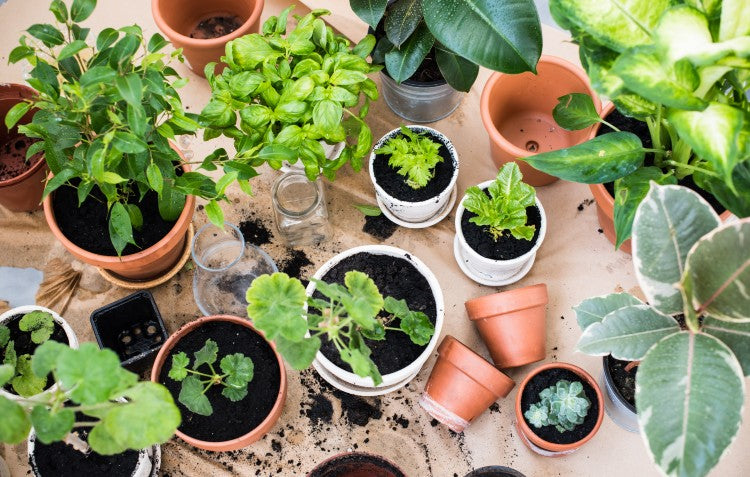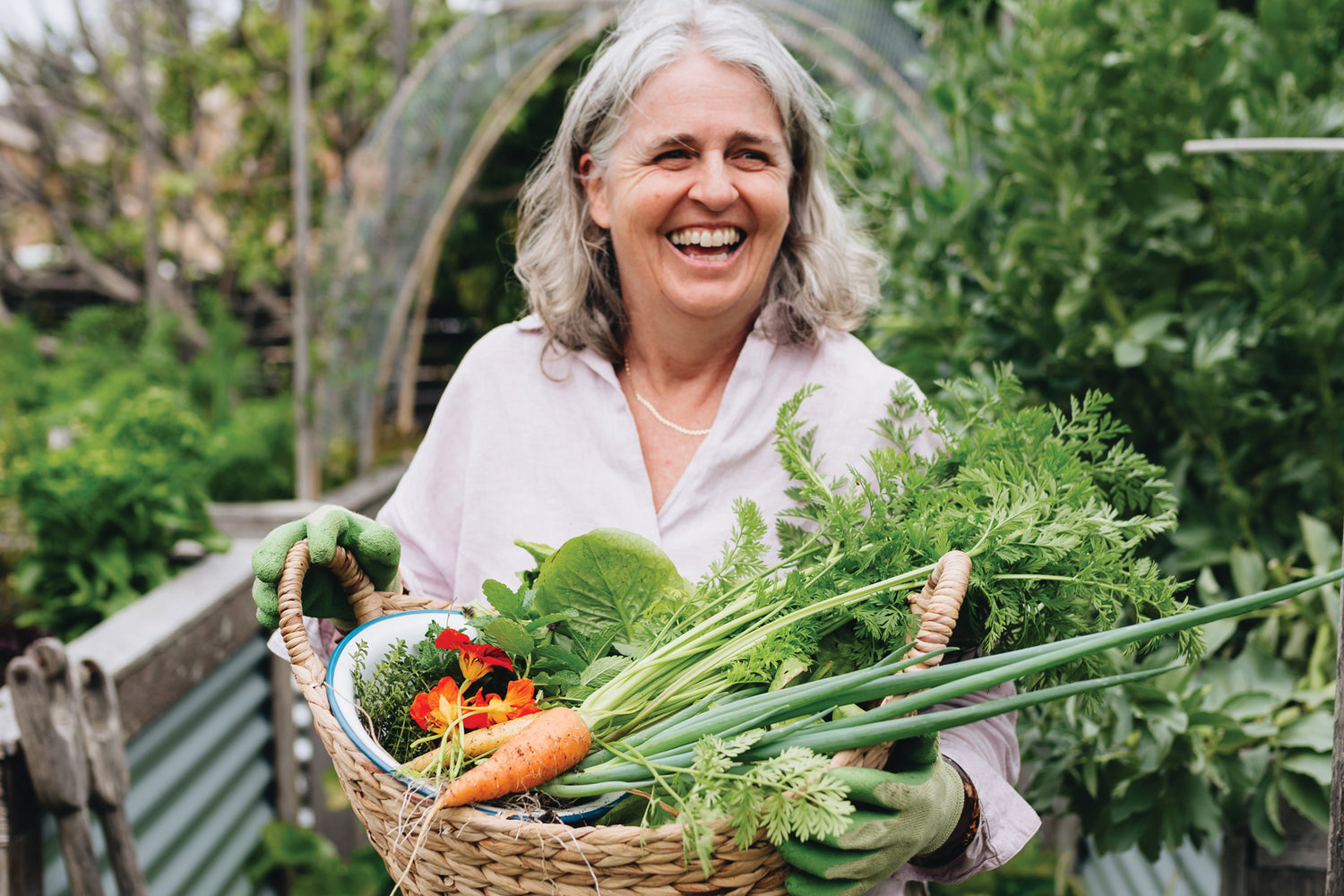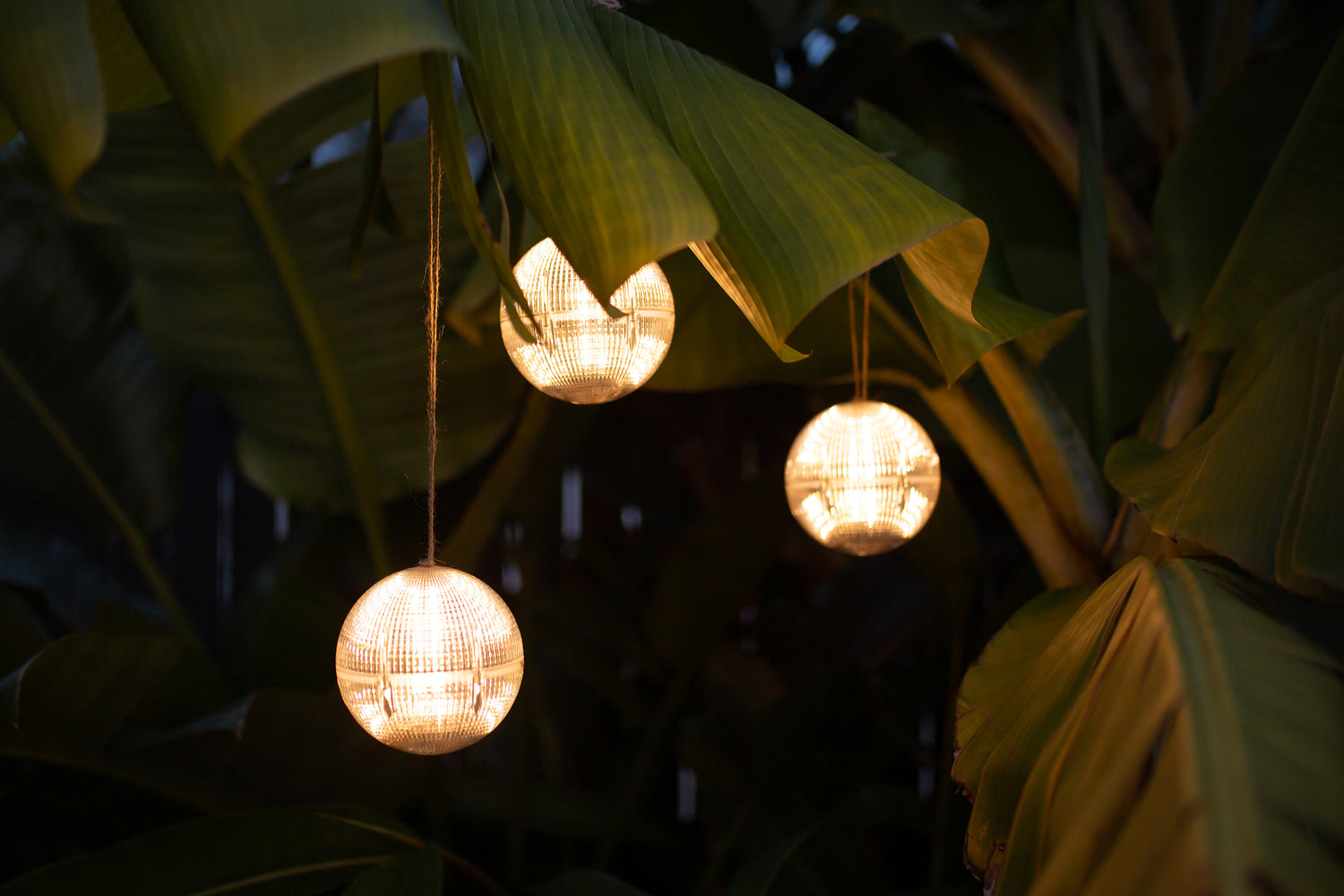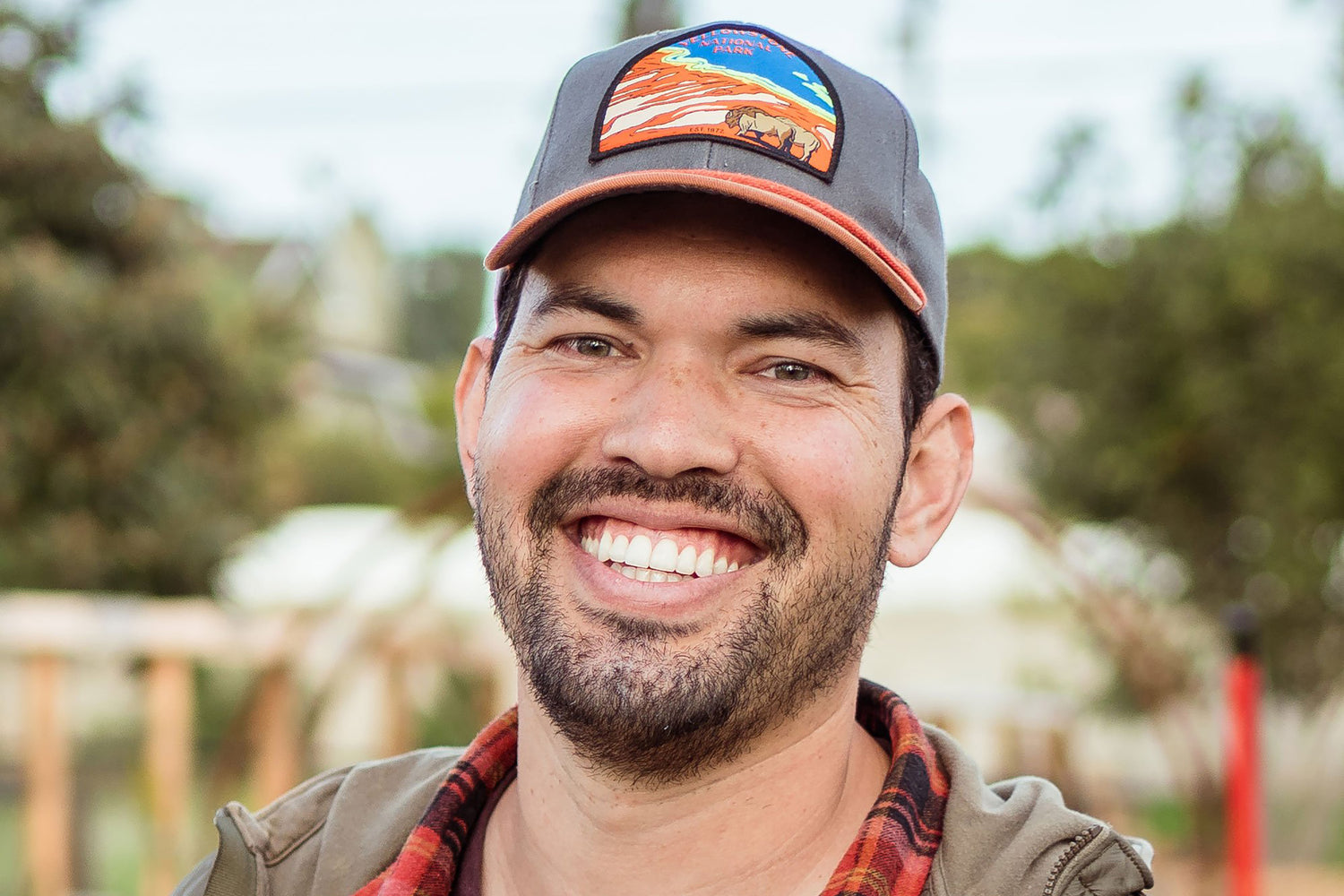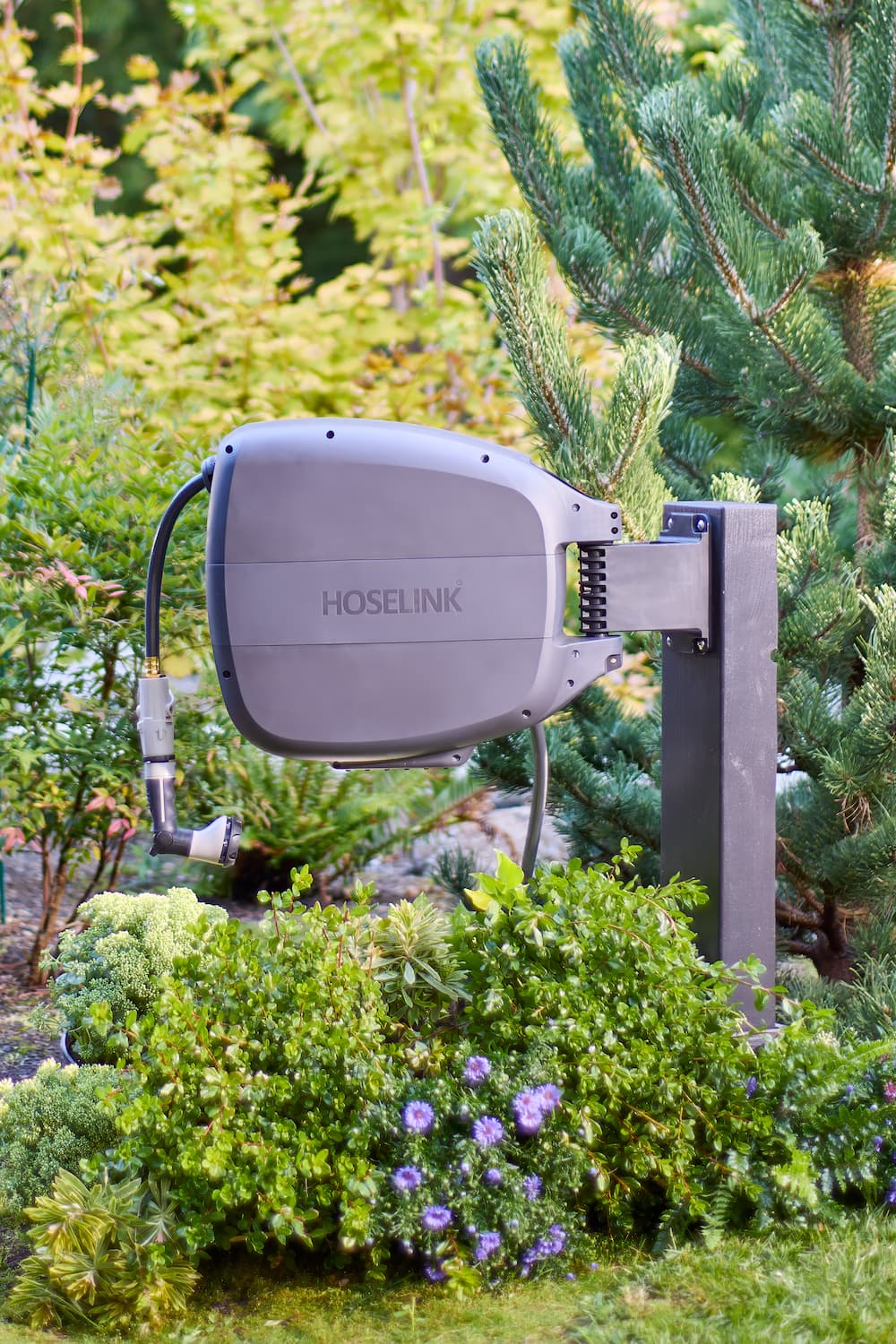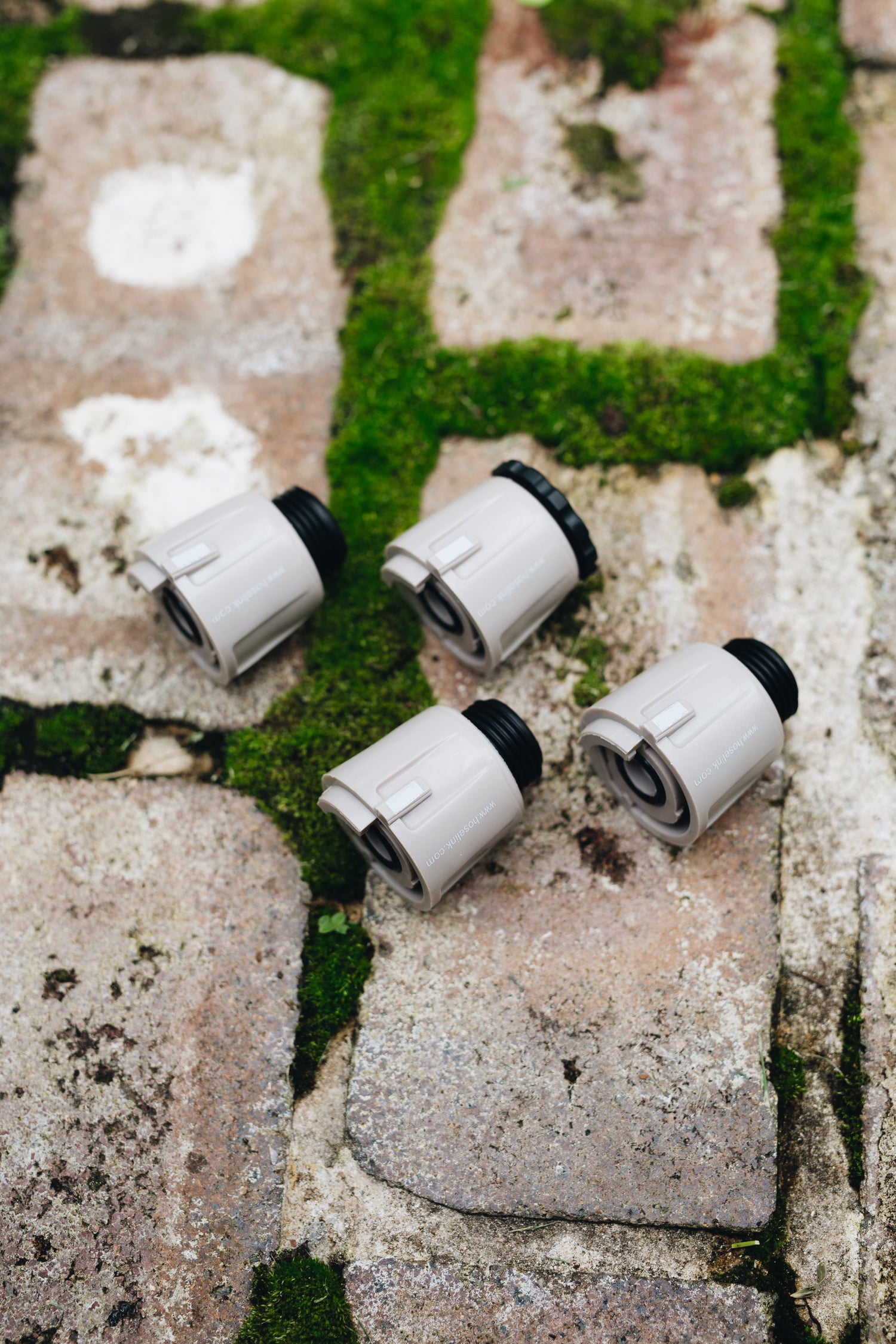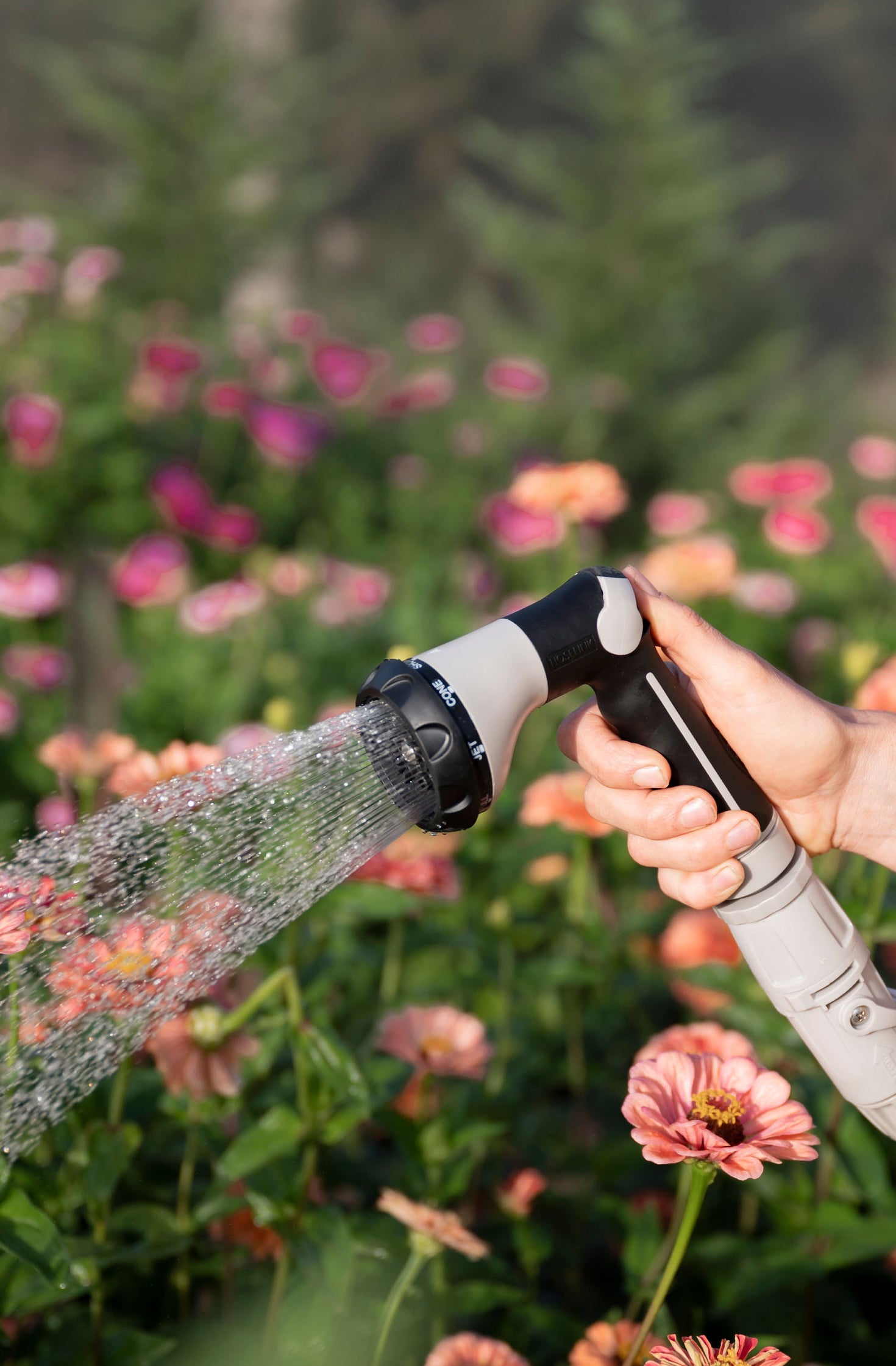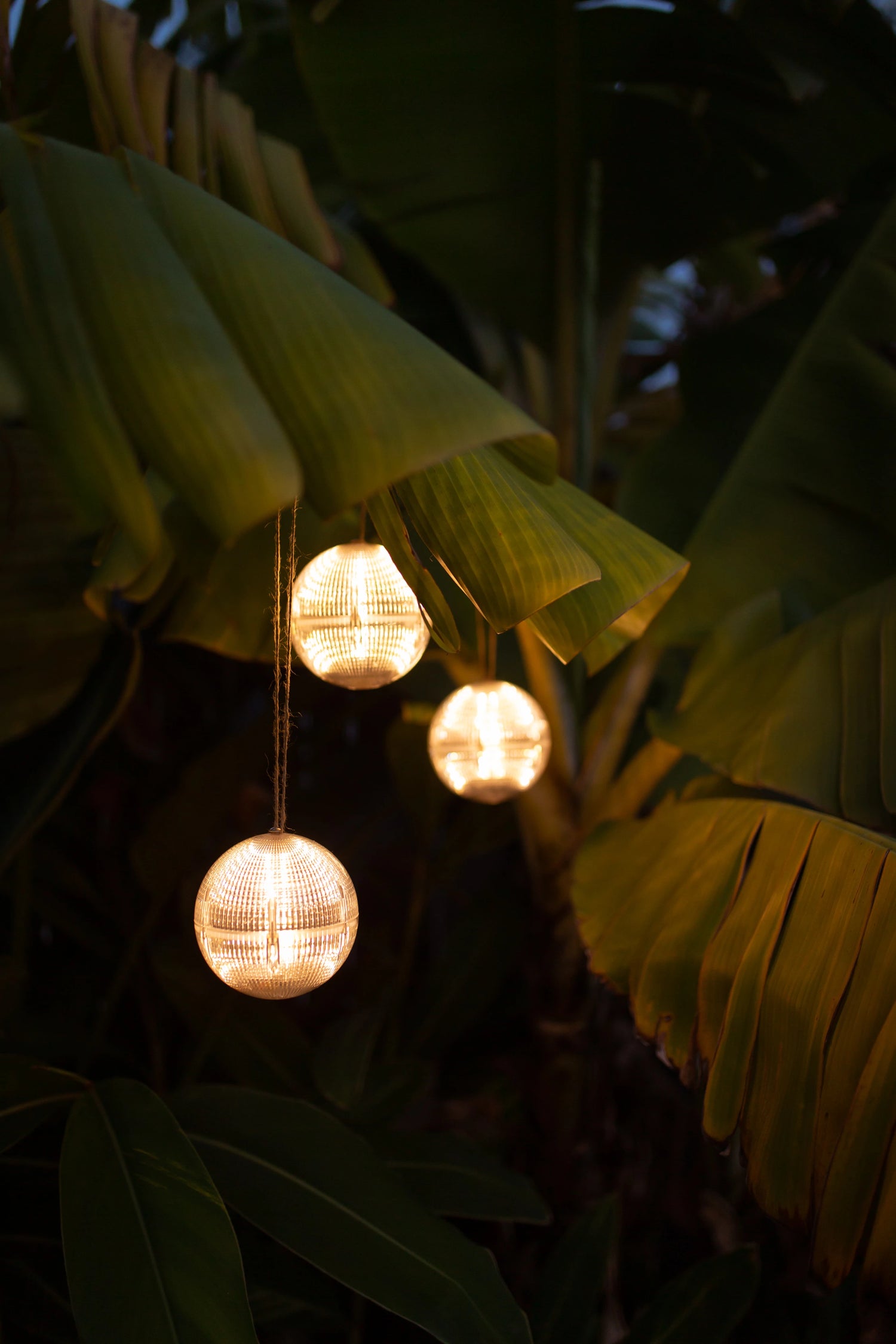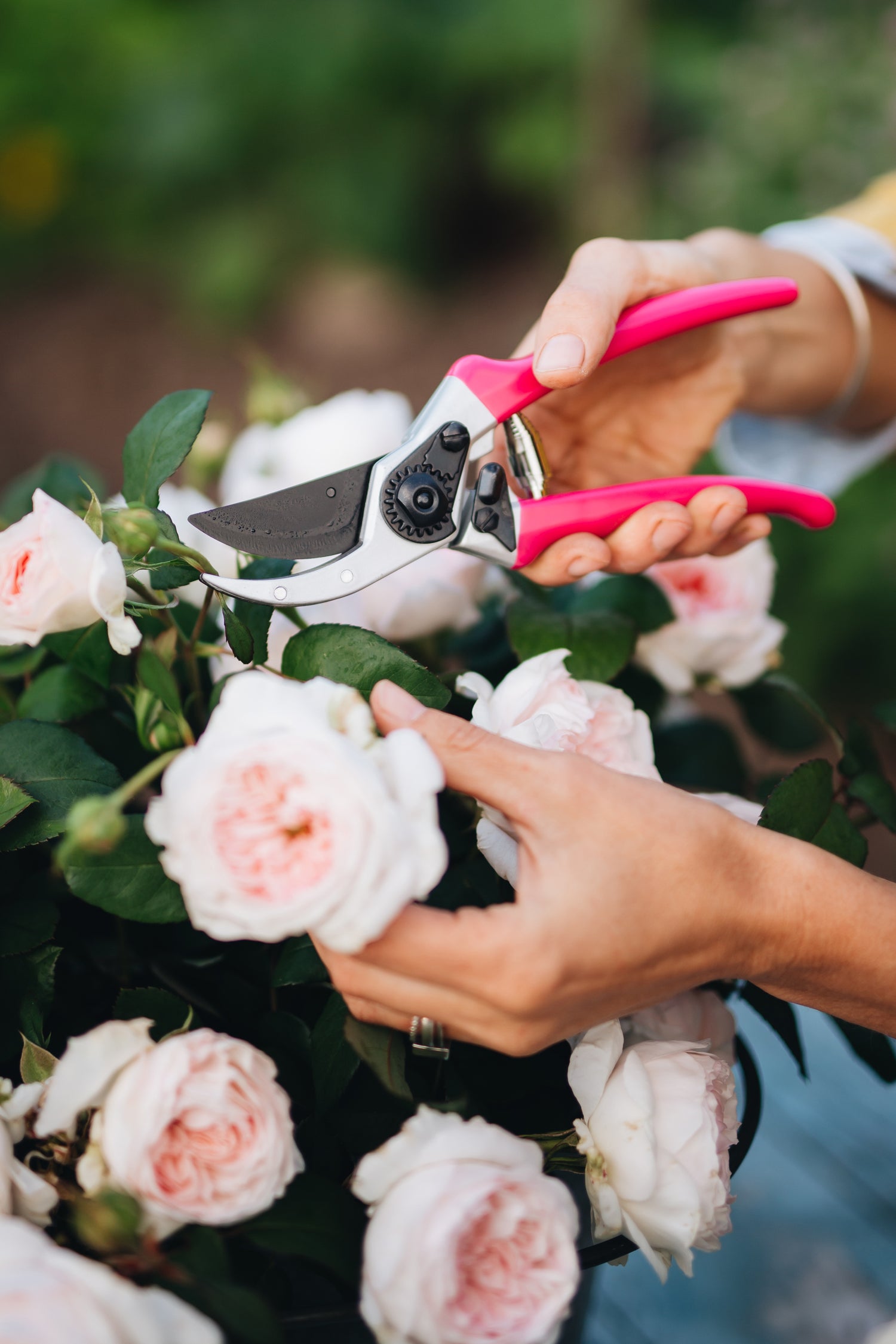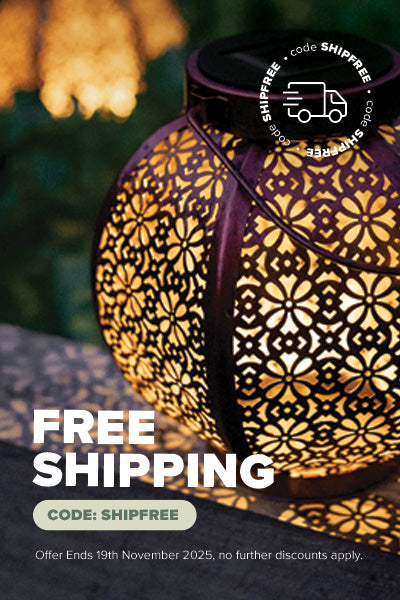What is container gardening?
Container gardening is the practice of exclusively using containers instead of planting directly in the ground. Containers can be small, medium, or large and are typically easy to transport. Container gardening is a great way to display your plants more aesthetically without taking up too much space. They’re also a great option if you have a balcony or courtyard.
How to get started
When choosing a container, select one with good drainage that is an appropriate size. If you are keeping your containers outside, use all-purpose potting soil, and if you are keeping them indoors, be sure to use a specific indoor soil. Wet the soil before you plant and keep a saucer under the pot to catch any excess water. Alternatively, you can use a pot stand or feet to allow the water to drain freely underneath the container. Seedling starter kits are a great way to get started and experiment with what works in your space.

Finding a suitable container
If you are growing food in recycled containers, check they are made from suitable materials for success. For example, if you’re using a plastic bucket to grow carrots, you should check the plastic is food grade first. If you are using a glass jar that once held tomato sauce, this is perfectly safe to use. If you find the pot isn’t suitable but you like its appearance, you can use the double potting method. This method involves hiding the less attractive but ‘safer’ pot by putting it inside a more aesthetically pleasing one. If you are unsure if the container is safe, look for the recycling symbol, which is usually on the bottom of the container. Furthermore, remember that it is much easier to grow your plants in larger containers rather than small ones, mainly because they hold more soil and are more resistant to harsh weather conditions such as heat.
One of the essential parts of container gardening is ensuring there are drainage holes. If your chosen container has no holes, you can drill some yourself to ensure your plants do not become waterlogged - a common cause of plant sickness.
Depending on the climate you live in, you may need to consider that clay or terracotta pots are prone to damage due to freezing and thawing. If you live in the northern part of the United States, you will need to avoid keeping your pots in a frost-prone location. Shrubs and other plants that are kept outside year-round are not suitable for colder climates. You should also consider that terracotta pots absorb heat, drying the soil out quickly, which means your plants will need more frequent watering.
What edible plants can be grown in containers?
Many edible plant varieties can be grown in containers. You may find success growing berry varieties such as blueberries and winterberries, while chilies and tomatoes are perfect candidates for a container as they grow upward rather than outward. Herbs such as chives and basil are also the perfect size for container gardening. Don’t forget, if you are growing food in a container, there are minimum soil depths to consider.
For larger veggies such as potatoes, broccoli, corn, and squash, you need approximately 10-12 inches of soil. For small to medium produce such as onions, peppers, spinach and garlic, 6-9 inches of soil is enough. For smaller vegetables like lettuce, basil, and chives, 4-5 inches will be plenty. If you have a self-watering container, you may find that even less soil depth is enough. If you find your container is too deep, you can use a layer of broken pots or stones to level out your plant.

What non-edible plants can be grown in containers?
Non-edible plants and flowers are perfect for attracting different wildlife such as birds and bees. They are also great for adding a pop of color to any space. First, it is important to consider the conditions of your outdoor space. Do you have shade, full or part sun? Once you have analyzed the conditions, you can begin to plan the structure. Do you want a stand-alone plant in each spot or a combination of a few? Whichever you decide, when you buy the plants, most will specify what conditions they need to flourish, so be sure to double-check the label before taking them home. Look out for words like ‘dwarf’ and ‘compact’ to ensure you choose something appropriate for a smaller size container. You can plant almost any cultivar in a container. Here are our favorite flowers for container gardening:
Agave – stand alone, zone 8-9
Bamboo – stand alone, zone 6
Yucca – stand alone, zone 5-10
Lantana – likes the heat, zone 9-10
Texas sage – likes the heat , zone 8-11
Sedum – likes the heat, zones 4-9
Begonia – likes shade, zones 6-9
Flowering maple – likes shade, zones 8-9
Hosta – likes shade zones 9-10
Dahlias – likes sun zones 8-11
Verbena – likes sun zones 8-10
African daisy – likes sun, zones 9-10
Recycled container gardening
There are a lot of ways to recycle your old food or drink containers for gardening purposes. Some of the most common household containers are milk cartons, tin cans, and glass jars. All can be used to grow fruit, vegetables, herbs, or plants such as succulents. Milk cartons are perfect for experimentation if you are new to gardening to see what works best in your space. They’re also great for raising seedlings over winter. Not only will you be saving money on buying pots, but this is a great project for kids to spark their interest in gardening. Just cut the handle section of your bottle off and plant the seedlings as you usually would! See the picture below for inspiration.
Indoor container gardening
If you don’t have space to garden outside, you can easily bring the containers inside to enjoy the greenery throughout your home. First, you’ll need to find the ideal spot where your plants can get the optimal amount of sun; usually, this is the kitchen windowsill. If you are lack natural sunlight, you can purchase a grow light; this may even help during the cooler months. You will still require a pot with drainage holes. If you are growing plants inside, you may want to stick with smaller plants and herbs to have more variety. When it comes to indoor container gardening, some people opt for a cool-mist humidifier. This will help to mimic the conditions of an outdoor garden and prevents them from drying out. Not sure what to plant? Microgreens are a great candidate for indoor container gardening. They are packed with vitamins and nutrients (40 times more than full-grown vegetables!) They make a great addition to a sandwich or salad too. Indoor plants also act as air purifiers, especially peace lilies and gerbera daisies.

Top tips
Container plants should be kept moist. One of the best ways to do this is with a layer of mulch for the plant to retain moisture. Using a Hoselink Retractable Hose Reel in your outdoor space is the perfect way to water and keep your plants healthy. Container plants also love to be fed; you can use compost tea or seaweed extract once every fortnight to help keep them healthy. As you would any plant, be sure to remove tattered leaves and deadhead old flowers. Use a pair of Secateurs to trim back plants that are not thriving.

